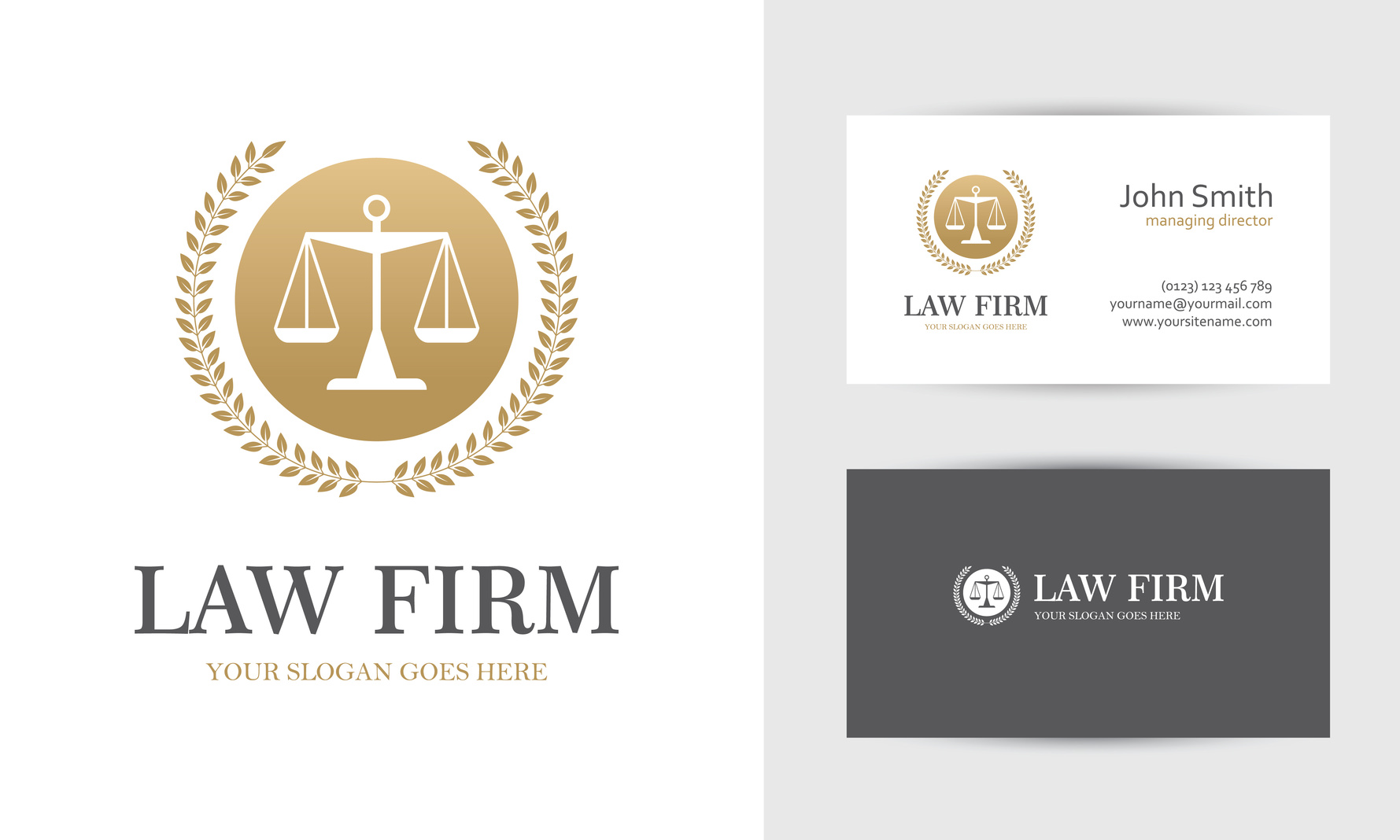What’s the first thing you look at when you pass a poster on the street or in a store? If it’s made well, your eyes are likely drawn to the font first. This is where the most important information on a poster is.
It doesn’t matter if the design is promoting an upcoming event or a new store location. It could be about anything from a seasonal menu item to updated parking rules – but you won’t know until you read the text.
This is just one reason why the text on a poster has to be written just right, and why the poster typography you choose matters so much. Keep reading if you want to learn how to pick the best fonts for posters and flyers every single time.
1. Understand the Different Font Families
There are thousands of different fonts out there, but they all fall under one of the main 4 kinds of fonts. These are Serif, Sans Serif, Script, and Display.
Serif fonts are considered to have “feet”, aka lines at the end of all letters. These are the most traditional kinds of font. They’re good when you need something straightforward or as a supplemental text to the main font you’d like to use.
Sans Serif fonts are those “without feet.” These are a modern take on the classic Serif texts. The lines of Sans Serif styles are clean and to the point in a sophisticated and timeless kind of way.
If you want to have more fun with your poster typography, consider using a Script font. These look like they’ve been handwritten by someone who is a master of cursive. Keep in mind that cursive can take many forms, though. The first Script font you see isn’t necessarily the ideal choice to use for a poster design.
Last but not least, Display. This is the kind of font you need to focus on if you want something that really pops. Display fonts are not afraid to bend the rule. They think outside the lines and challenge design norms without being over the top.
2. Pay Attention to the Colors and Lines
Once you understand the different font families, think about how each one would relate to the elements you already have in your design.
If you’re using straight lines and simple colors, it might be worth using a bold font to create a nice contrast and make your poster more interesting. On the other hand, sometimes it’s better to make a classic Serif text stand out against complex shapes and bold colors.
These are just a few of the ways all the elements in a poster come together. You have to keep the relationship between all your design tools in mind if you want to come up with the absolute best result.
3. Try Something New
As much as it’s worth to think about basic design principles like color psychology and the influence of shapes, it’s also in your best interest to explore design styles that no one else has done before.
Don’t be afraid to try something new.
Maybe what works best for your poster is a “busy” mix of bold colors and a Script font. Maybe you need the geometric patterns to help make your Display font even more interesting and engaging.
The rules of design are not black and white. They should be used as guidelines to help you take your creations in the right direction, but the ultimate course of a poster/graphic/logo is up to you. Let your inspiration shine as you put all the pieces together.
4. Make Sure Everything Is on Brand
The thing about pushing design boundaries is that you can’t go too far off-brand. In fact, you should make sure the brand for which a design is made for is as evident as possible.
Don’t get so caught up in what looks good and interesting that you forget what it’s supposed to represent. The brand voice needs to be felt from the moment a person looks at the poster and starts reading it. If this isn’t the case, you still have some work to do.
Dig deep into the brands you’re working with. Get to know the culture behind the clients you have and the message they want to send to their audience. This helps you get a clear picture of what kind of design you need to make in order to achieve the best results.
5. Consider the Overall Purpose of the Poster
You can always come back to the brand that a design is for when you get a little confused or can’t figure out what’s missing. But, you can’t rely on it alone.
Take a step back and consider the overall purpose of what you’re creating. Are you trying to be informative and to the point, or do you need a poster that’s more fun and exciting? Is the text you’re picking a font for something short and sweet or is the poster going to be copy-heavy?
These details play a significant role in the kind of font you need. They help you achieve the right look and feel as the design process progresses.
Poster Typography Tips, Color Insights, and More Design Advice
You can read about poster typography and branding tactics all you want, but the best way to learn about great design is by creating it. You have to be willing to make a few design mistakes if you want to learn how to create your best work. The more you apply the tips mentioned above, the better your projects will be.
For more design tips and tricks to continue your learning, click here.







